Cats are natural hunters with instincts rooted deeply in predation. This innate behavior manifests through stalking, chasing, and pouncing, which is why play is a crucial component of feline well-being. Providing an outlet for these behaviors is essential for physical and mental health, making interactive toys a valuable tool in any cat owner’s arsenal.
The Psychological Benefits of Interactive Toys
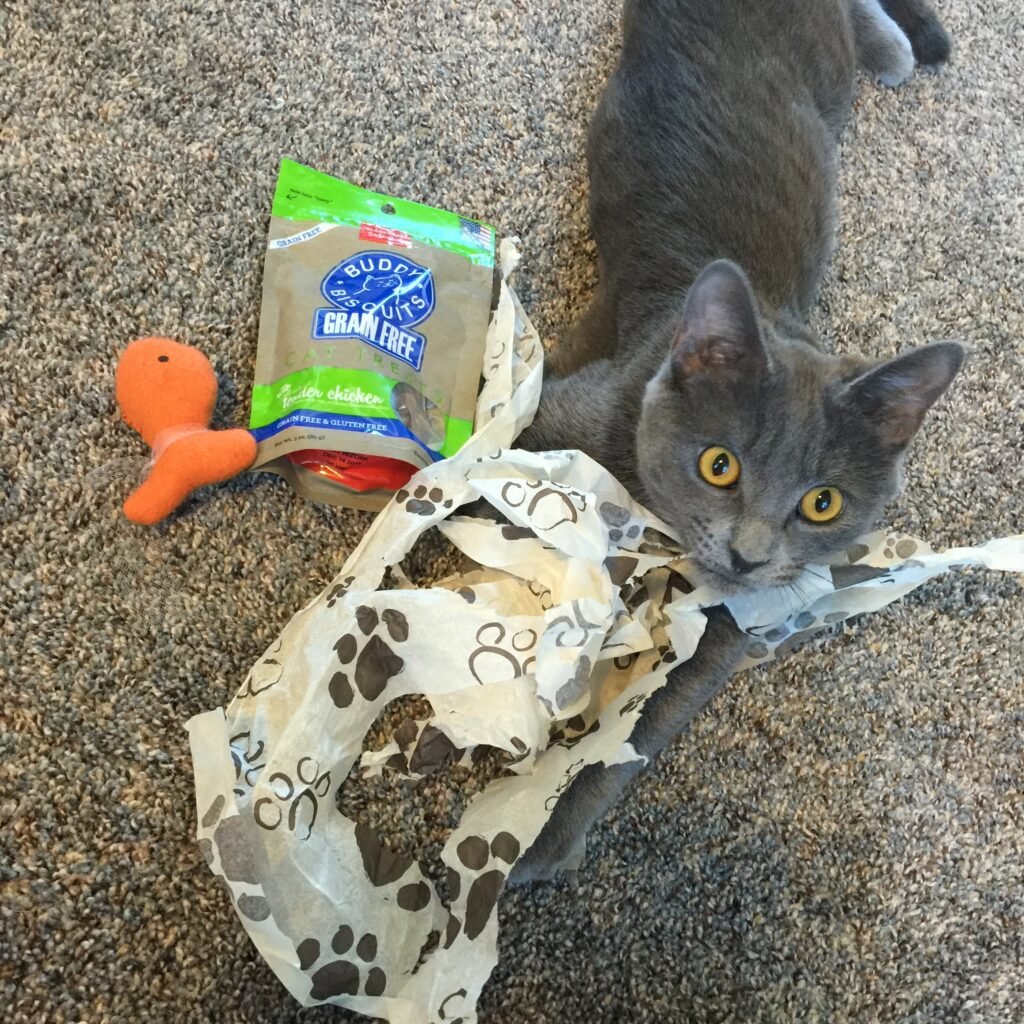
Interactive toys stimulate a cat’s mind, reducing the likelihood of boredom and related behavioral problems such as anxiety or depression. Engaging toys mimic the prey sequences of hunt, capture, and kill, thereby satisfying a cat’s predatory instincts. This mental stimulation is not only enriching but can also improve a cat’s mood and overall mental resilience.
Physical Health and Exercise
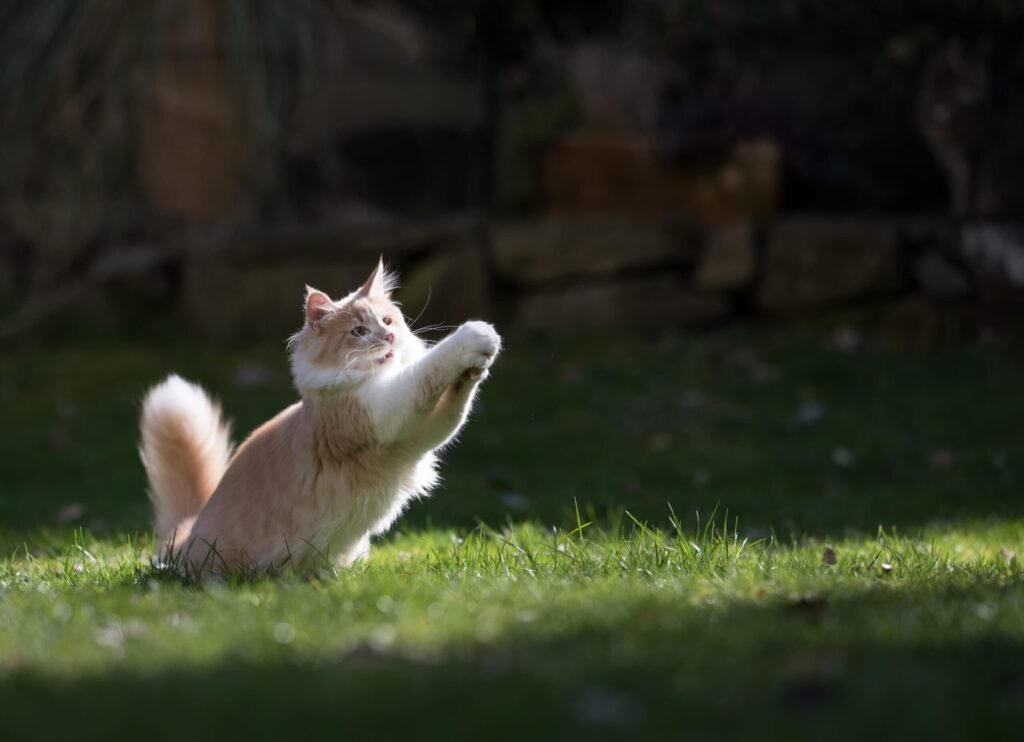
Obesity is a common issue among domestic cats, often due to a lack of physical activity. Interactive toys encourage movement, helping to maintain a healthy weight. Regular play sessions can improve cardiovascular health, flexibility, and muscle tone, reducing the risk of obesity-related diseases such as diabetes and arthritis.
Strengthening the Human-Feline Bond
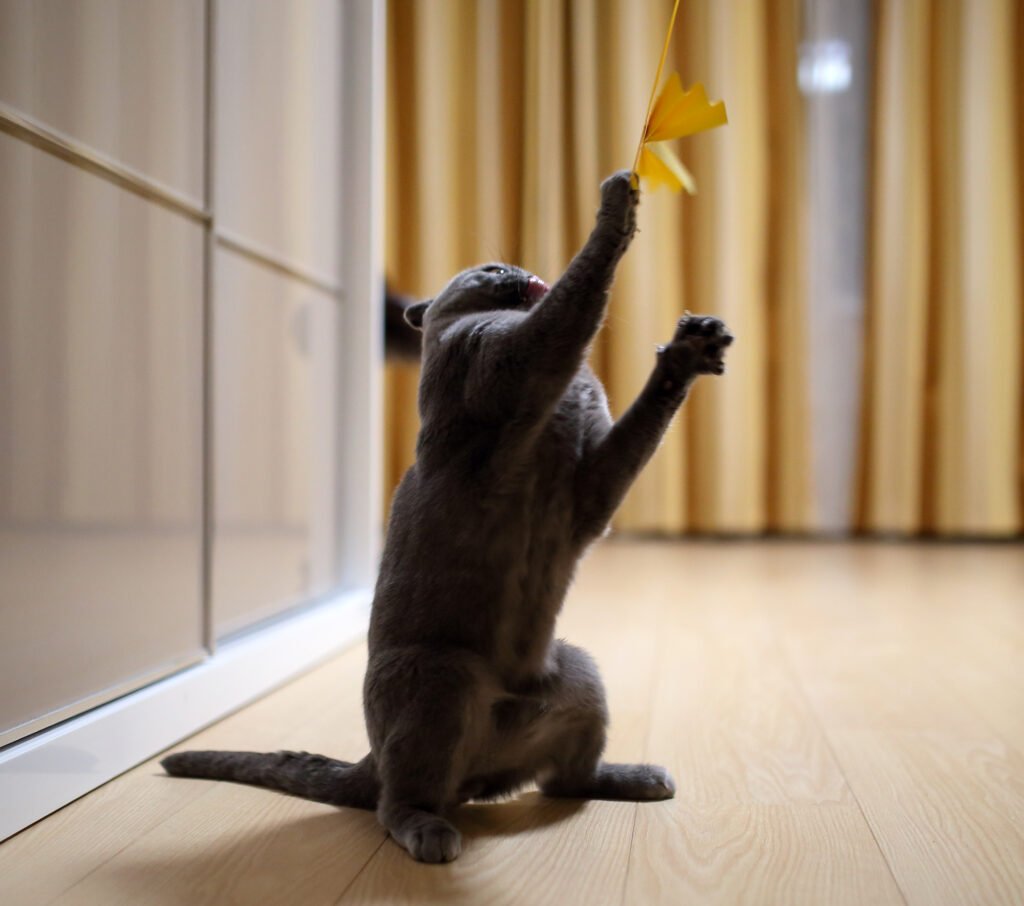
Interactive toys provide a perfect opportunity for cat owners to engage with their pets. Shared playtime helps to establish trust and strengthen the emotional bond between humans and their feline companions. This connection is vital for a harmonious coexistence and contributes to the overall happiness of both the cat and the owner.
Types of Interactive Toys for Cats

The market offers a wide range of interactive toys designed to cater to different cat personalities and preferences. These include laser pointers, feather wands, puzzle feeders, and electronic toys that mimic prey movements. Each type presents unique challenges and rewards, keeping play sessions diverse and engaging.
Interactive Toys and Behavioral Training

Interactive toys can be effective tools for behavioral training. They can redirect undesirable behaviors, such as scratching furniture or excessive vocalization, by providing appropriate outlets for energy. Rewarding positive behavior with play helps reinforce desirable actions, making training a positive experience for cats.
Socializing Cats with Interactive Play

For multi-cat households, interactive toys can facilitate socialization and improve group dynamics. They help reduce territorial aggression by allowing cats to play together cooperatively. Toys designed for group play encourage teamwork and can help foster harmonious relationships among feline housemates.
Preventing Destructive Behavior through Play
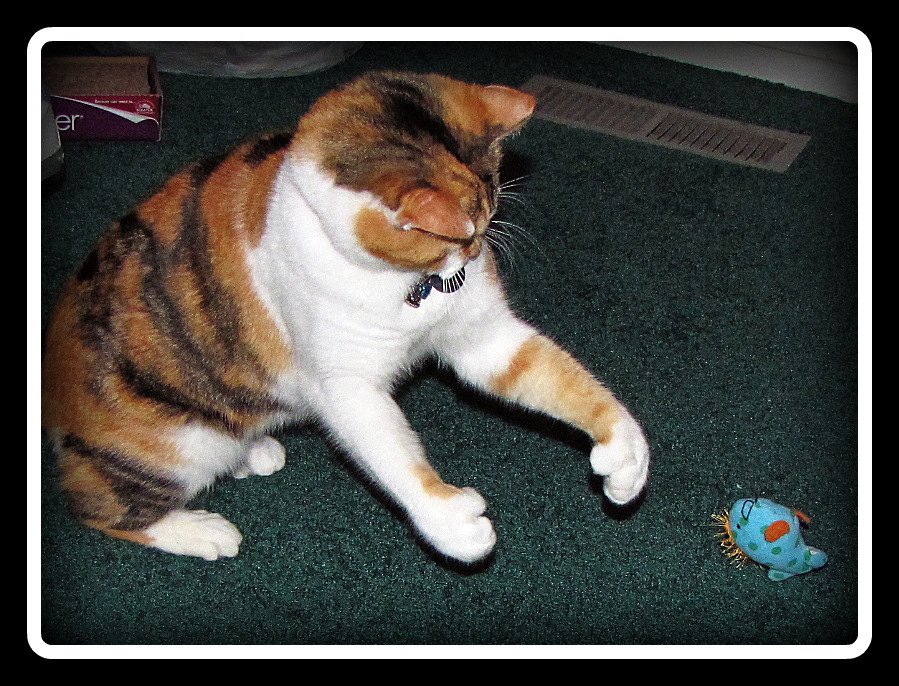
Sometimes, destructive behavior is simply a sign of boredom or excess energy. Interactive toys can divert cats from destructive activities such as chewing on wires or scratching furniture. By offering structured play, cats can positively dispel energy, preserving both household items and their health.
Enhancing Problem-Solving Skills

Interactive toys that incorporate puzzles challenge a cat’s cognitive abilities and problem-solving skills. These toys often include treats or food rewards, motivating cats to figure out how to access them. This type of play enhances mental agility and confidence, providing a rewarding experience for curious felines.
The Science Behind Play in Cats
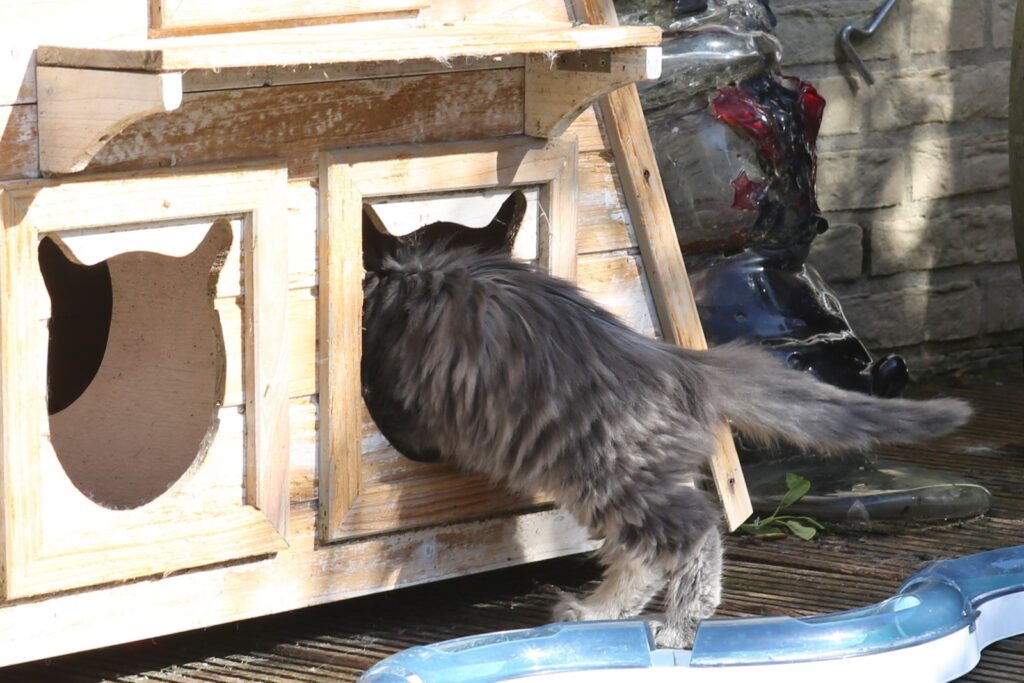
Research in animal behavior supports the significant role of play in maintaining health and happiness in domestic cats. Studies indicate that regular interactive play can reduce stress-related behaviors and promote a balanced level of activity. The neuroscientific basis of play suggests that it triggers the release of endorphins, leading to an improved mood and increased relaxation.
Conclusion: The Lifelong Benefits of Interactive Toys
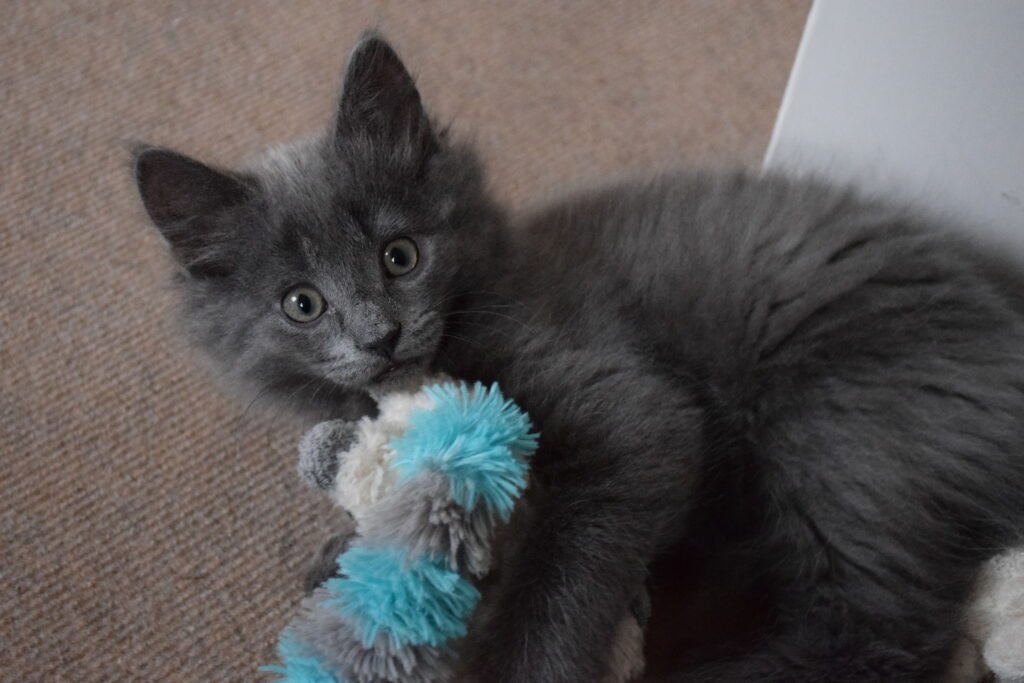
Interactive toys are much more than mere entertainment; they are powerful tools that contribute to a cat’s holistic well-being. By addressing physical health, mental stimulation, and behavioral management, these toys play a vital role in the lifelong health and happiness of cats. Investing in a variety of high-quality interactive toys is not just an enhancement to playtime; it is a commitment to the well-being and quality of life of our feline friends.






